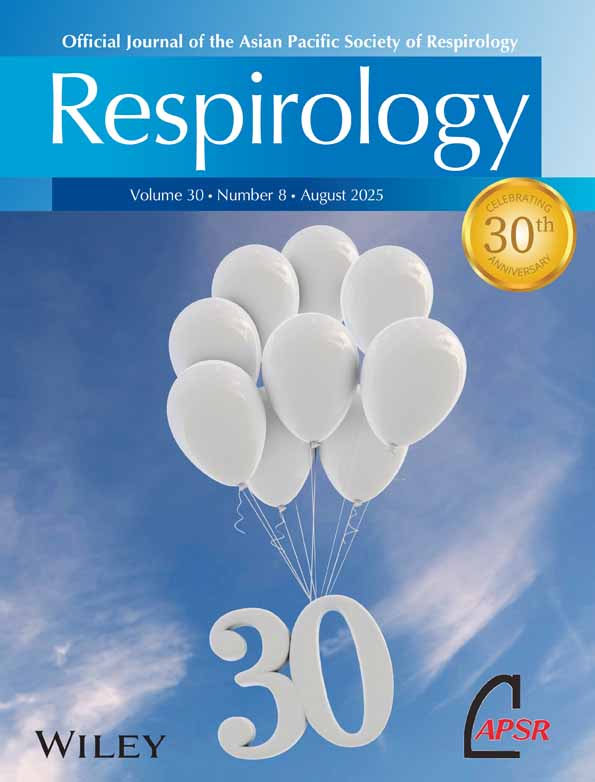Progressive bronchial obstruction associated with toxic epidermal necrolysis
Abstract
Toxic epidermal necrolysis (TEN) is an acute life-threatening condition, characterized by erosion of the mucous membranes, extensive detachment of the epidermis, and severe constitutional symptoms. Pulmonary complications of TEN are reported as rare, but are one of the most common causes of death. Our report focuses on an unusual case of toxic epidermal necrolysis which showed multiple bronchial obliteration during the chronic phase of the disease. Biopsied tissue of the obliterated bronchi demonstrated non-specific granulation. To improve the obliterated ventilatory function, we tried to reopen the bronchial obliteration using a balloon catheter under the guidance of fibreoptic bronchoscopy, however rapid restenosis of the bronchi ensued.




